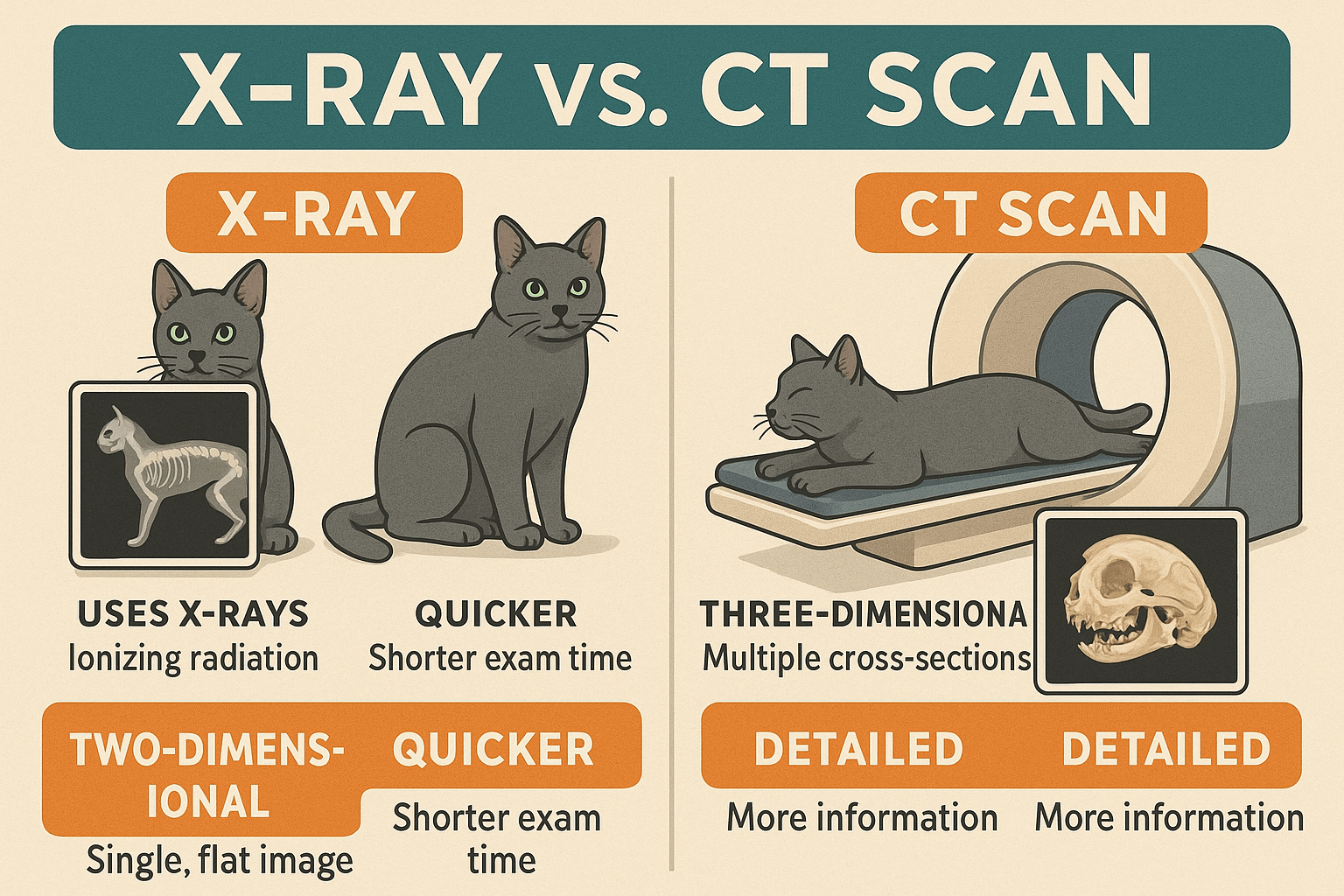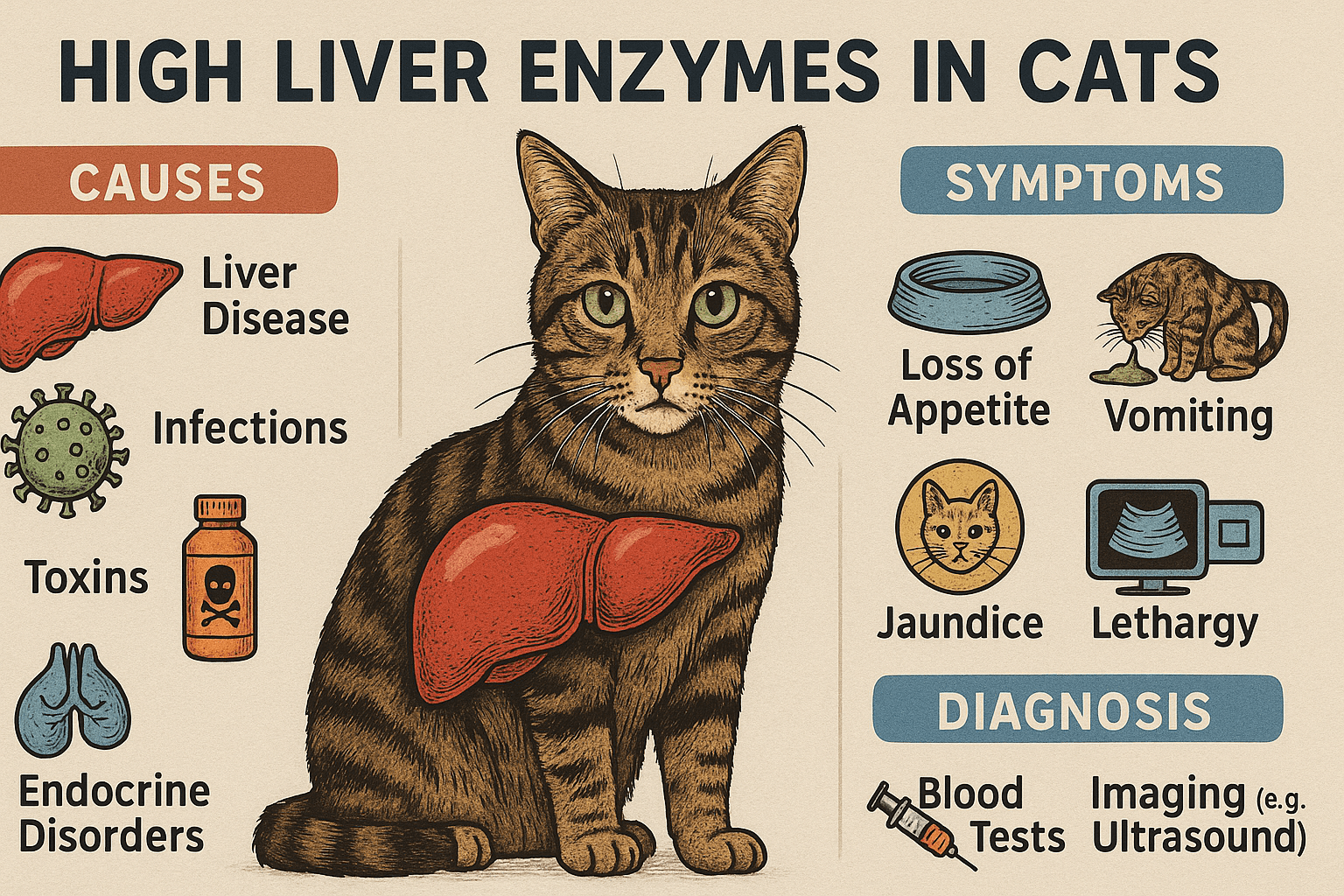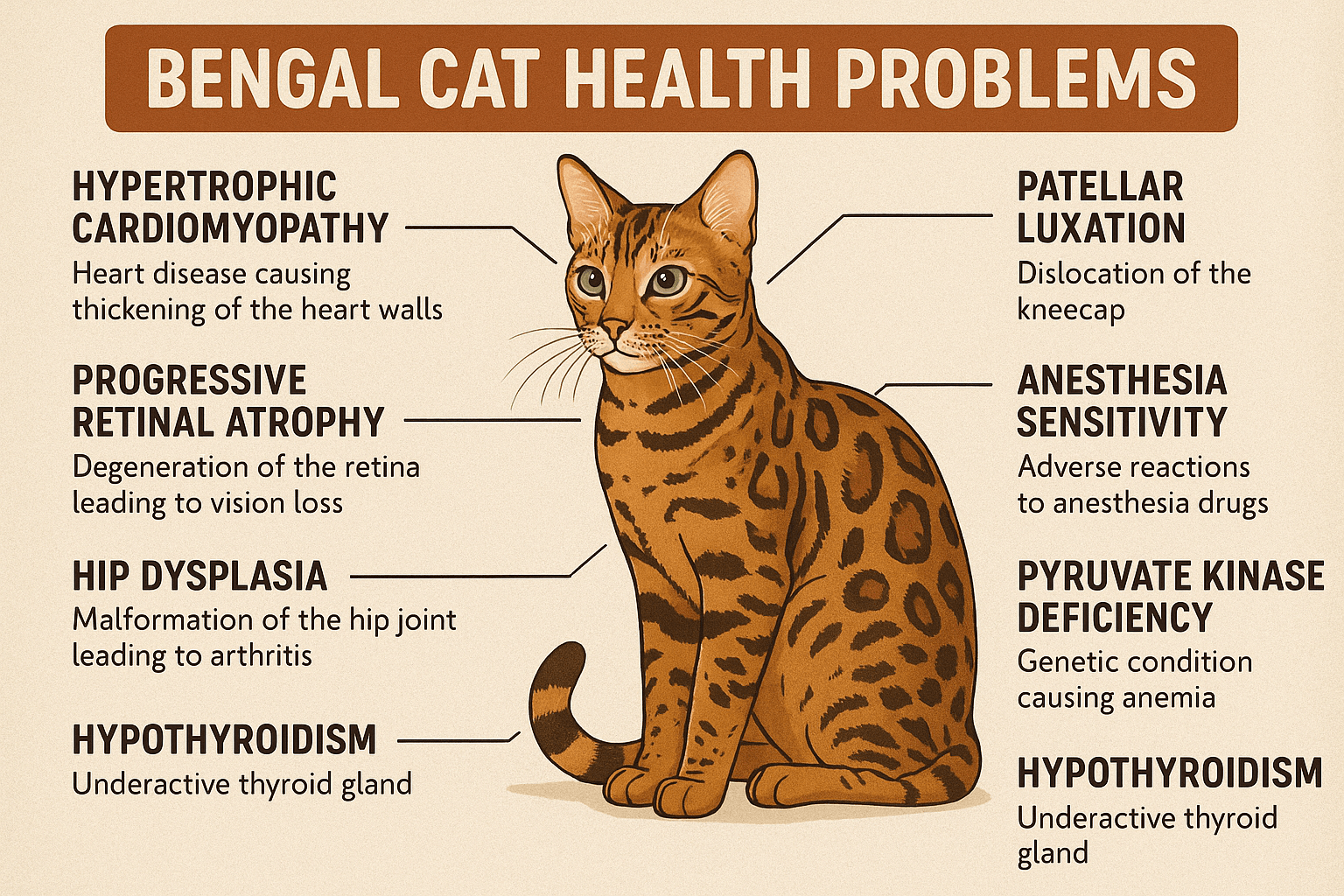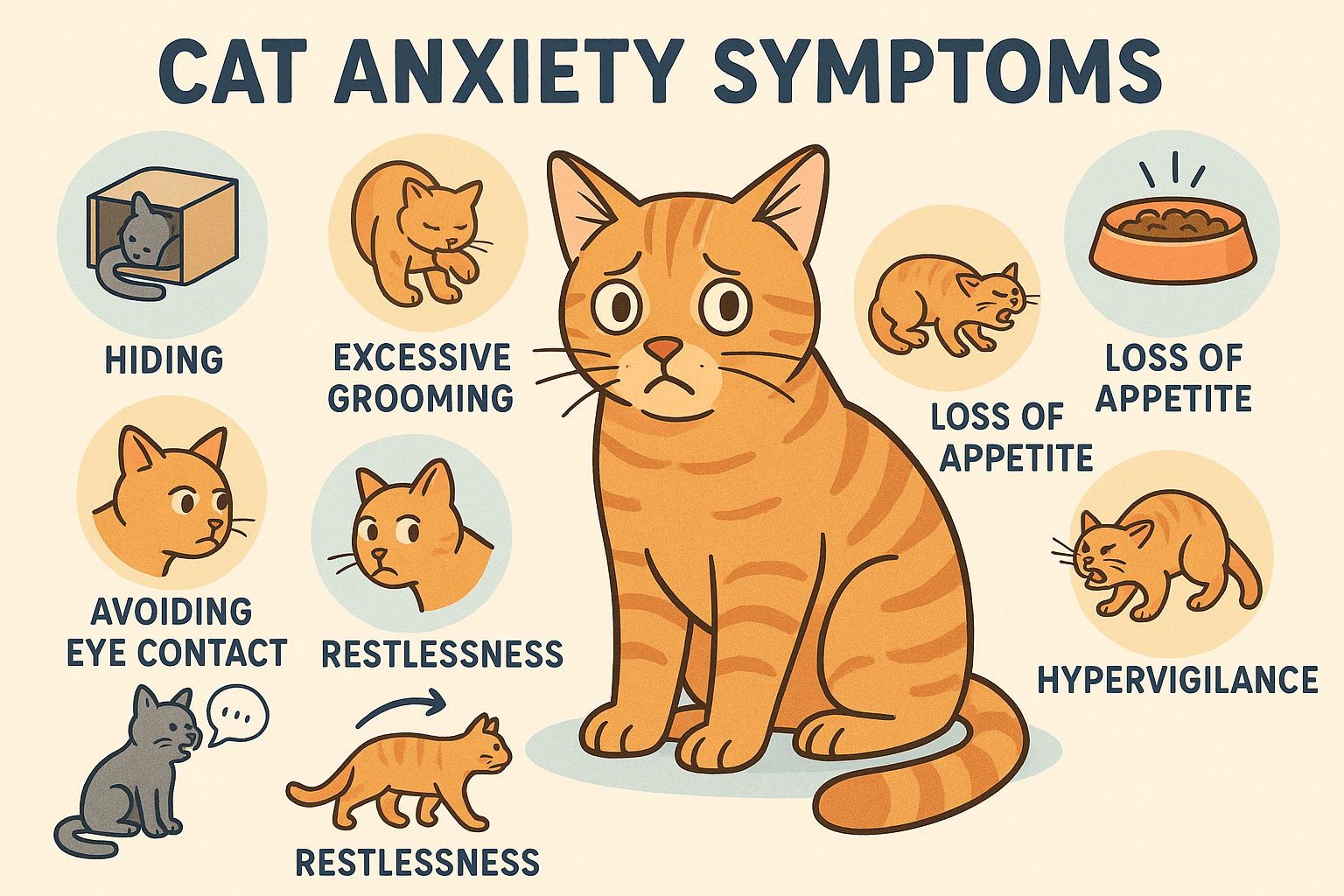X-Ray vs CT Scan for Cats: What’s the Difference?
When your cat is unwell or injured, veterinarians often rely on imaging techniques like X-rays and CT scans to diagnose the issue. While both methods provide valuable insights into your pet’s health, they serve different purposes and offer distinct advantages. Understanding the differences between these diagnostic tools can help you make informed decisions about your cat’s care. Whether it’s a suspected broken bone, internal injury, or chronic condition, knowing when and why each method is used ensures your feline friend receives the best possible treatment. Let’s explore the key distinctions, benefits, and considerations of X-rays and CT scans for cats.
Key Differences Between X-Rays and CT Scans for Cats
X-rays and CT scans are both essential diagnostic tools in veterinary medicine, but they differ significantly in how they work and what they reveal. Here’s a breakdown of their primary distinctions.
Imaging Technology:
X-rays use electromagnetic radiation to create 2D images of bones and soft tissues, while CT scans use advanced X-ray technology combined with computer processing to produce detailed 3D images.Level of Detail:
X-rays provide a broad overview, making them ideal for identifying fractures or foreign objects. CT scans offer higher resolution and more intricate details, useful for complex conditions like tumors or organ abnormalities.Procedure Time:
X-rays are quick and typically completed within minutes, whereas CT scans take longer due to the need for multiple cross-sectional images.Radiation Exposure:
Both methods involve radiation, but CT scans generally expose your cat to higher levels than standard X-rays. This factor is carefully considered by veterinarians.Cost Considerations:
X-rays are usually more affordable, while CT scans tend to be costlier due to the advanced technology and equipment required.
Understanding these differences helps you appreciate why veterinarians might recommend one method over the other based on your cat’s specific needs.
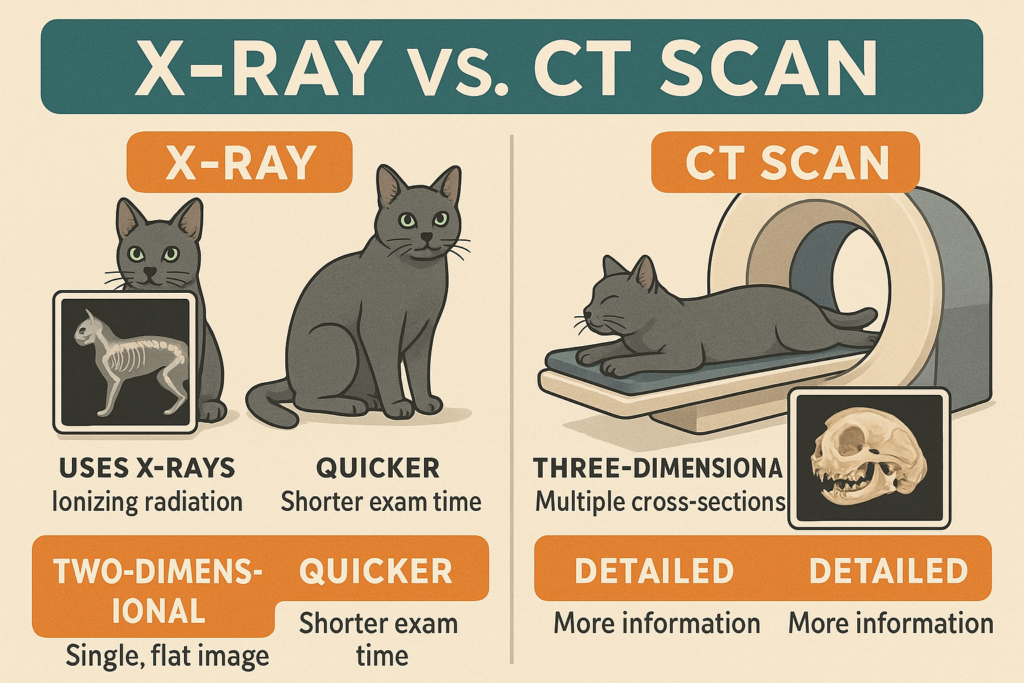
When Is an X-Ray Recommended for Your Cat?
X-rays are often the first line of diagnostic imaging for cats due to their simplicity and effectiveness in addressing common health concerns. Here’s when this method is most appropriate.
Broken Bones or Fractures:
X-rays excel at detecting skeletal injuries, such as fractures or dislocations, providing clear images of bone structures.Foreign Object Ingestion:
If your cat has swallowed something unusual, X-rays can locate the object and assess its position within the digestive tract.Respiratory Issues:
X-rays help identify lung infections, fluid buildup, or other abnormalities affecting your cat’s breathing.Bladder Stones or Blockages:
Veterinarians use X-rays to detect urinary tract issues, including bladder stones or obstructions, which are common in cats.Pregnancy Confirmation:
X-rays can confirm pregnancy later in gestation and provide an estimate of the number of kittens your cat is carrying.
While X-rays are versatile and widely used, they may not always provide enough detail for more complex cases, necessitating further investigation.
Check this guide 👉Understanding Cat Brain Scans: Best 7 Health Tips!
Check this guide 👉Understanding Cat Seizures: Best 7 Expert Tips!
Check this guide 👉The Fascinating World of Cat X-Rays: Best 7 Health Tips!
Advantages of X-Rays | Advantages of CT Scans |
|---|---|
Quick and non-invasive procedure | Detailed 3D images for precise diagnosis |
Cost-effective and widely available | Ideal for examining soft tissues and organs |
Effective for skeletal injuries | Useful for detecting tumors or abscesses |
Minimal preparation required | Provides clearer views of complex areas |
Low radiation exposure compared to CT | Better suited for surgical planning |
When Is a CT Scan Necessary for Your Cat?
CT scans are reserved for more intricate medical cases where X-rays fall short. They offer unparalleled clarity and depth, making them invaluable for diagnosing complex conditions.
Tumor Detection and Staging:
CT scans can identify tumors, assess their size, and determine whether they’ve spread to nearby tissues or organs.Neurological Disorders:
For conditions like brain tumors, spinal cord injuries, or epilepsy, CT scans provide detailed images of the nervous system.Facial or Nasal Issues:
Cats with chronic nasal discharge or facial swelling may require a CT scan to evaluate underlying causes like infections or growths.Trauma Assessment:
In cases of severe trauma, CT scans help veterinarians assess internal damage that might not be visible on an X-ray.Pre-Surgical Planning:
When surgery is needed, CT scans allow veterinarians to create a precise roadmap, reducing risks and improving outcomes.
CT scans are a powerful tool for diagnosing and managing complex health issues, ensuring your cat receives targeted and effective care.
Preparing Your Cat for Imaging Procedures
Whether your cat is undergoing an X-ray or a CT scan, proper preparation ensures the process goes smoothly and minimizes stress for your furry friend.
Fasting Requirements:
For CT scans, your cat may need to fast for several hours beforehand to ensure clear images and reduce the risk of complications during anesthesia.Sedation or Anesthesia:
While X-rays rarely require sedation, CT scans often do, as cats must remain completely still during the procedure.Comfort Measures:
Bring your cat’s favorite blanket or toy to the clinic to help them feel more at ease during their visit.Discuss Concerns with Your Vet:
Ask your veterinarian about the procedure, potential risks, and any steps you can take to prepare your cat at home.Post-Procedure Care:
After sedation or anesthesia, monitor your cat closely and follow your vet’s instructions for recovery, including feeding and activity restrictions.
By preparing your cat properly, you contribute to a successful imaging experience and accurate diagnosis.
Risks Associated with Veterinary Imaging
Like any medical procedure, X-rays and CT scans come with potential risks. Being aware of these factors helps you weigh the benefits against any concerns.
Radiation Exposure:
While minimal, repeated exposure to radiation from X-rays or CT scans can pose long-term risks, especially for young or elderly cats.Anesthesia Complications:
Though rare, anesthesia carries inherent risks, particularly for cats with pre-existing health conditions.Stress and Anxiety:
The unfamiliar environment of a veterinary clinic can cause stress, potentially affecting your cat’s behavior during the procedure.False Positives or Negatives:
Imaging results aren’t always definitive and may require additional tests to confirm a diagnosis.Cost Constraints:
Advanced imaging like CT scans can be expensive, which may limit accessibility for some pet owners.
Understanding these risks allows you to discuss alternatives and make the best choice for your cat’s well-being.
Signs Your Cat May Need Imaging
Sometimes it’s unclear whether your cat needs an X-ray or CT scan. These signs can indicate the need for further investigation.
Limping or Difficulty Walking:
Persistent lameness may suggest a fracture or joint issue requiring X-rays.Unexplained Weight Loss:
Sudden weight loss could point to internal problems, such as tumors, that a CT scan might detect.Chronic Vomiting or Diarrhea:
Gastrointestinal issues may necessitate imaging to identify blockages, inflammation, or other abnormalities.Behavioral Changes:
Lethargy, hiding, or aggression can signal pain or illness warranting diagnostic imaging.Swelling or Lumps:
Visible abnormalities on your cat’s body may require imaging to determine their nature and extent.
Recognizing these symptoms early ensures timely intervention and better outcomes for your cat.
How to Support Your Cat After Imaging
After your cat undergoes imaging, providing proper care promotes a smooth recovery and reduces stress.
Monitor for Side Effects:
Watch for signs of discomfort, lethargy, or adverse reactions following sedation or anesthesia.Encourage Rest:
Limit physical activity for at least 24 hours to allow your cat’s body to recover fully.Offer Gentle Reassurance:
Spend extra time comforting your cat through petting, talking, or simply being present.Follow Up with Your Vet:
Attend any scheduled follow-up appointments to review results and discuss next steps.Maintain a Calm Environment:
Keep noise and disturbances to a minimum to help your cat relax and recuperate.
By prioritizing your cat’s comfort and well-being, you ensure a positive recovery experience after imaging procedures.
Frequently Asked Questions About X-Rays and CT Scans for Cats
Are X-rays safe for cats?
Yes, X-rays are generally safe when performed by trained professionals, though they do involve low levels of radiation.
Why does my cat need sedation for a CT scan?
Sedation ensures your cat remains still during the procedure, which is critical for obtaining clear and accurate images.
How long does it take to get results?
Results vary depending on the complexity of the case, but veterinarians typically review X-rays immediately, while CT scans may require additional analysis.
Can X-rays detect cancer in cats?
X-rays can identify certain types of tumors or masses, but CT scans provide more detailed information for cancer staging and diagnosis.
What if my cat is anxious about the procedure?
Veterinarians are experienced in calming nervous pets and will take steps to ensure your cat feels safe and comfortable throughout the process.
Choosing the Right Diagnostic Tool for Your Cat
Both X-rays and CT scans play vital roles in diagnosing and treating health issues in cats. While X-rays are quick, affordable, and effective for many common problems, CT scans offer unparalleled detail for complex or hard-to-diagnose conditions. By understanding the strengths and limitations of each method, you can work with your veterinarian to make informed decisions about your cat’s care. Ultimately, these imaging tools empower us to provide our feline companions with the best possible support, ensuring they live happy, healthy lives.
High Liver Enzymes in Cats: Best 7 Expert Tips! Discover causes, symptoms, and treatment options for elevated liver enzymes in cats. Learn how to support your cat’s liver health effectively.
Bengal Cat Health Problems: Best 7 Expert Tips! Discover expert advice on common Bengal cat health issues, preventive care, and tips to keep your feline friend healthy and happy for years to come.
X-Ray vs CT Scan for Cats: Best 7 Expert Tips! Discover key differences, benefits, and expert advice on choosing the right imaging method for your cat’s health needs.
Cat Anxiety Symptoms: Best 7 Expert Tips! Discover signs of feline stress, effective calming strategies, and expert advice to help your cat feel safe, happy, and relaxed at home.

